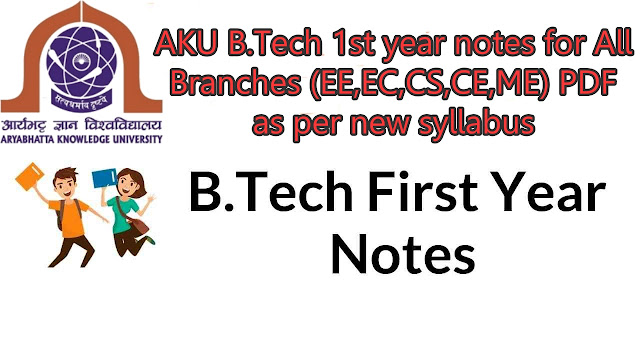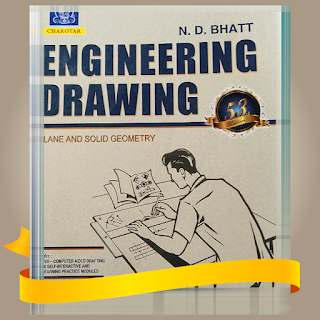NPTEL Soft Skills Week 6 Assignment Answers 2023 (July-Oct)
In the dynamic world of business communication, mastering the art of writing effective business letters is essential. The NPTEL Soft Skills Week 6 Assignment for 2023 (July-Oct) delves into the realm of Business Letters, covering their formats, styles, and various types. In this detailed guide, we'll unravel the intricacies of crafting impactful business letters that leave a lasting impression. Whether you're a student or a professional, understanding the nuances of business letters will undoubtedly enhance your communication skills and open doors to successful interactions.
NPTEL Soft Skills Week 6 Assignment Answers 2023 (July-Oct): Exploring Business Letters
When it comes to professional communication, the ability to compose well-structured and persuasive business letters is paramount. Let's dive into the essential aspects covered in this assignment:
NOTE:- Answers will be updated shortly and it will be notified in our Youtube & Telegram Group. So Join Now
👉
Click Here To Get Solution
Minutes serve as records for future references in business meetings.
- Answer: (T) True
Complimentary close and signature are placed on the left side in a semi block format.
- Answer: (F) False
Claim letter opens with the statement of the problem.
- Answer: (T) True
MOV stands for Memorandum of understanding.
- Answer: (F) False
List of items to be discussed in the Minutes is called Minutes Discussion.
- Answer: (F) False
What is the format of writing a date in a business letter?
- Answer: April 10, 2017
What isn’t a goal of adjustment letters?
- Answer: To recommend an employee
When a writer is not aware of the status/gender of the receiver, what is used?
- Answer: Regular format
The style of a research paper should be-
Answer: Objective
_______ type of circular is used for a wider population.
- Answer: Public circular
______ comes after the date in a business letter.
- Answer: Reference
Which one of the following are different types of format of various business letters.
- Answer: Full block format, Semi-modified block format
In a business letter, double space is followed between ____ and _____.
- Answer: Date and Signature
Business Letters: Format and Style
Every business letter follows a structured format to ensure clarity and professionalism. The format typically includes:
- Sender's Address: Your contact information, aligned to the top-left corner.
- Date: The date of writing the letter, placed below the sender's address.
- Recipient's Address: The recipient's contact information, located below the date.
- Salutation: A formal greeting addressing the recipient.
- Subject Line: A concise statement summarizing the purpose of the letter.
- Body: The main content of the letter, divided into paragraphs for easy readability.
- Closing: A courteous closing remark, such as "Sincerely" or "Best Regards."
- Signature: Your handwritten signature (if in print) or a typed version.
- Enclosures: Mention any attached documents.
- CC: If the letter is copied to others, list their names.
When it comes to style, maintain a professional and polite tone throughout the letter. Be concise, direct, and avoid jargon or overly complex language. A well-structured letter reflects positively on your communication skills and attention to detail.
Types of Business Letter
Business letters serve various purposes and can be categorized into different types:
- Cover Letter: Accompanies a resume or job application, introducing the applicant to the employer.
- Sales Letter: Promotes a product or service, outlining its benefits and encouraging a purchase.
- Complaint Letter: Addresses a grievance or issue, seeking resolution or compensation.
- Inquiry Letter: Seeks information from a company or individual.
- Thank-You Letter: Expresses gratitude after an interview, meeting, or business transaction.
- Recommendation Letter: Provides a positive reference for an individual's qualifications and character.
- Apology Letter: Acknowledges a mistake or wrongdoing, offering an apology and potential solutions.
Each type of letter has a distinct purpose, and tailoring your communication to suit that purpose is key to effective correspondence.
Crafting Effective Business Letters
To ensure your business letters leave a lasting impact, consider these tips:
- Understand Your Audience: Tailor your language and tone to match the recipient's preferences and expectations.
- Clarity is Key: Clearly state the purpose of the letter in the opening lines to grab the reader's attention.
- Use Appropriate Language: Choose formal language and avoid contractions or slang.
- Provide Relevant Details: Include all necessary information without overwhelming the reader.
- Proofread Thoroughly: Eliminate grammatical errors and typos to maintain professionalism.
- Follow Up: If applicable, mention your intention to follow up on the matter.
FAQs
Q: Are business letters still relevant in the age of digital communication?
A: Absolutely! Despite digital advancements, business letters remain crucial for formal communication, legal matters, and building professional relationships.
Q: Can I use a casual tone in thank-you letters?
A: While thank-you letters express gratitude, they should maintain a formal tone to uphold professionalism.
Q: How do I address an unknown recipient in my letter?
A: Use a general salutation like "To Whom It May Concern" or make an effort to find the recipient's name for a personalized touch.
Q: What's the most common mistake to avoid in complaint letters?
A: Avoid using aggressive language; instead, focus on describing the issue and proposing solutions.
Q: Is it necessary to include a subject line in every business letter?
A: Yes, a subject line provides a quick overview of the letter's content and helps the recipient prioritize their reading.
Q: Can I handwrite a business letter instead of typing it?
A: While handwritten letters add a personal touch, typing is more common for professional correspondence.
Conclusion
Mastering the art of business letter writing is a valuable skill that transcends industries and professions. The NPTEL Soft Skills Week 6 Assignment for 2023 (July-Oct) offers a comprehensive exploration of business letters, from their formats and styles to the various types that cater to different communication needs. By following the guidelines outlined in this assignment, you'll be equipped to create impactful business letters that enhance your professional communication and set you on a path to success.
Remember, effective communication is the cornerstone of any successful venture. By investing time in honing your business letter writing skills, you're investing in your own growth and potential.





